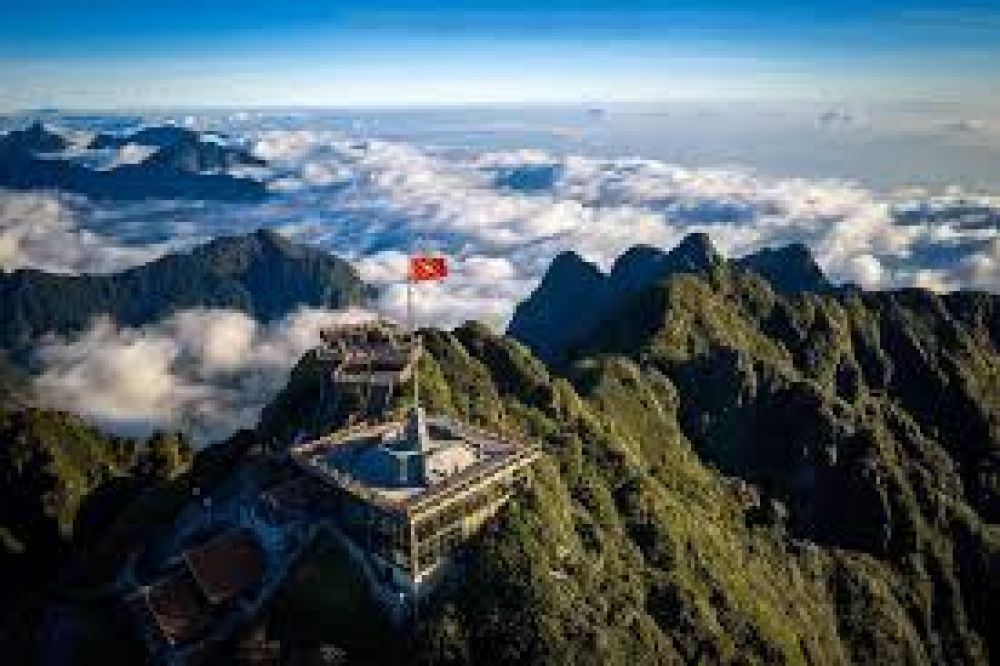

The majestic Fansipan Mountain, often referred to as "The Roof of Indochina," stands proudly at 3,147.3 meters (10,326 ft) making it the highest peak not just in Vietnam, but across the whole of the Indochina Peninsula which includes Vietnam, Laos, and Cambodia. This towering mountain has been a beacon for trekkers and adventure enthusiasts for many years, and its significance in the world of tourism is as grand as its height.
Tourism at Fansipan Mountain has a relatively recent history compared to other historic destinations in Vietnam. The peak, situated near the quaint town of Sapa in Lao Cai Province, began to gain popularity as a trekking spot in the early 1990s. The challenges it presented, combined with Sapa's unique cultural offerings, quickly put it on the adventure tourism map. Prior to this, the area was largely unexplored by foreign travelers, with only the bravest mountaineers making the journey.
In 1993, a French-Vietnamese expedition made the first recorded ascent to the summit, documenting the route and opening the door for future trekkers. Since then, Fansipan has become an iconic destination for those looking to commune with nature and test their climbing prowess.
The year 2016 marked a significant turning point for Fansipan with the inauguration of the Fansipan Legend Cable Car. This modern convenience allowed people from all walks of life, not just seasoned trekkers, to experience the breathtaking views from Fansipan's summit. The cable car covers a distance of 6,292.5 meters, making it the longest non-stop three-rope cable car according to the Guinness World Records at the time of its opening.
With the cable car in place, Sapa and Fansipan saw a surge in visitors, boosting local economy and encouraging further tourism infrastructure development. Today, a variety of accommodation options, from basic homestays to luxury resorts, cater to tourists' wide-ranging needs. Additionally, Fansipan now features a complex of cultural and spiritual tourist attractions including temples, pagodas, and gardens near its summit.
In response to the growing environmental concerns, efforts have been made to ensure that tourism development does not compromise the natural beauty and ecological balance of the region. Eco-friendly practices and sustainable tourism are gaining traction in Fansipan. The respect for local culture and the environment is emphasized more than ever, with Sapa's Indigenous people being an integral part of tourism, sharing their customs, traditions, and knowledge with visitors.
The latest trend in Fansipan tourism is a blend of adventure, culture, and luxury. Visitors are increasingly looking for experiences that combine the thrill of outdoor adventures such as trekking and mountaineering with cultural immersion and comfortable accommodations. Moreover, the recent growth in wellness tourism has seen a rise in travelers seeking out Sapa's cool climate and serene landscape for rejuvenation and health retreats.
The journey of Fansipan Mountain from an obscure peak to a well-loved tourist destination is a testament to Vietnam's rich offerings for international and local travelers alike. While the mountain continues to draw adventure seekers from around the globe, its tale is also one of cultural convergence and sustainable tourism development. As Fansipan soars to new heights in popularity, it remains a symbol of Vietnam's vast and varied landscape, inviting all to experience its wonders.